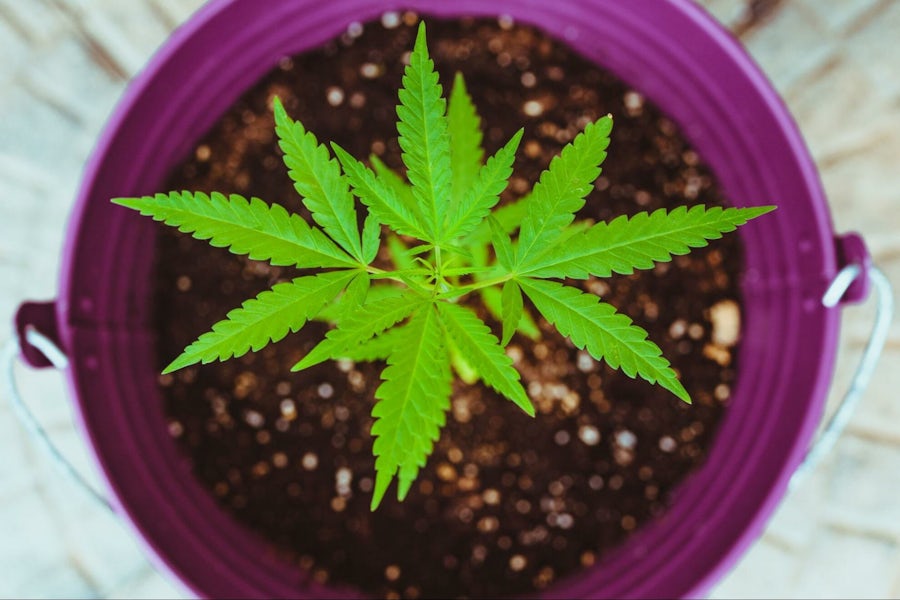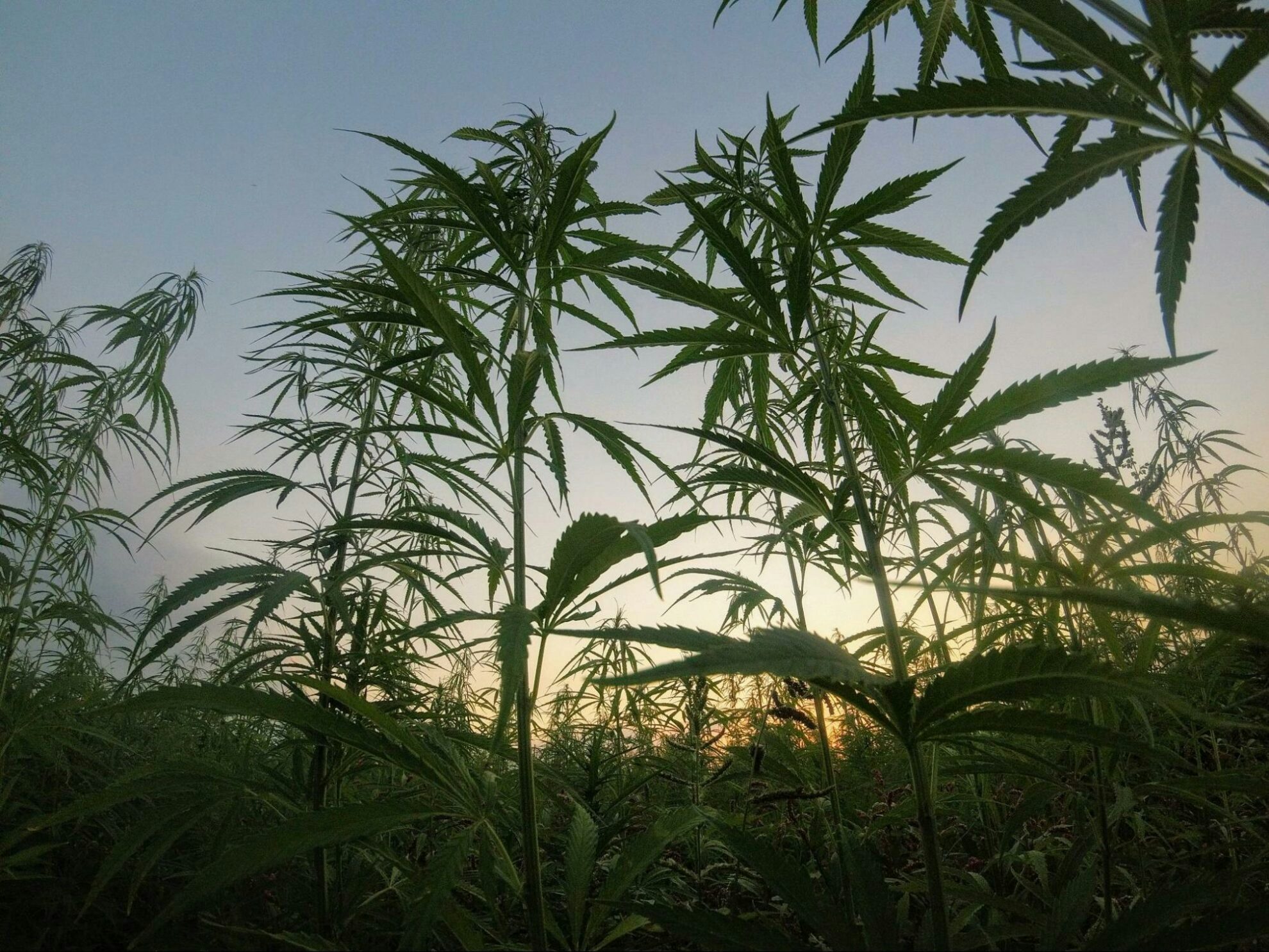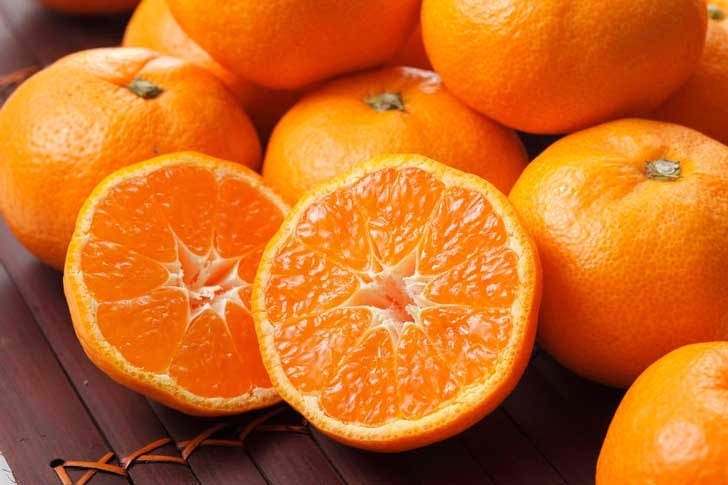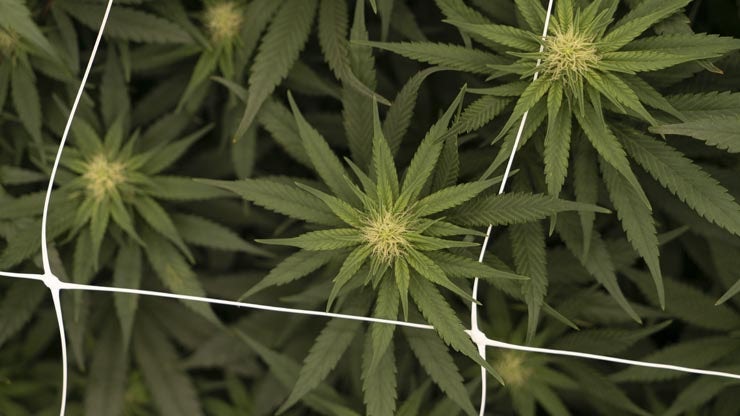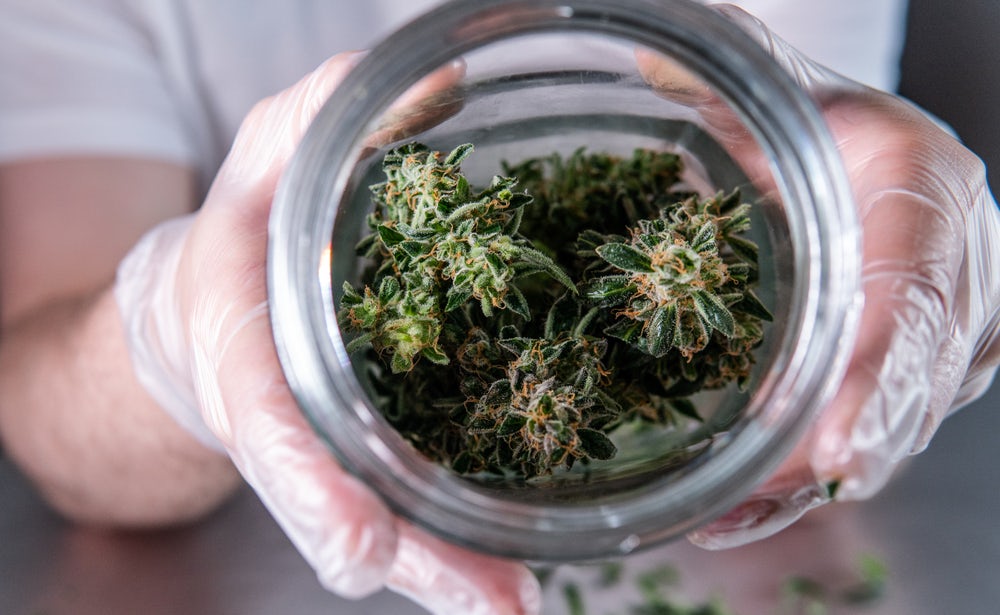Inside every cannabis seed lies a pair of leaves attached to a tiny root, with the potential to grow into a massive cannabis plant. So how do you go from inexperienced plant-killer to confidently growing your own weed? There are many opinions across the world on the best way to grow cannabis, but the most important thing for all new growers is that cannabis is just a plant (yep, we said it!).
More specifically, cannabis is a member of the largest and most diverse group of plants on the planet called angiosperms – flowering plants. By understanding the basics of how other flowering plants grow and develop, and applying them to cannabis, anyone with any experience and background can learn to successfully grow their own cannabis plants in no time.
Roots vs shoots
Just like the human body, cannabis plants have many different parts responsible for various functions. When it comes to the growth and development of cannabis plants, the two main structures responsible are roots and shoots.
Shoots, also known as stems, branches, and leaves, refer to all aerial (above ground) parts of plants, while roots are the underground part of plants responsible for structural support, reserve food storage, and the absorption of nutrients, minerals, and water. Roots and shoots are where vital plant processes like photosynthesis, respiration, and transpiration occur.
Roots and shoots work synergistically to keep the plant alive, but that’s not the only similarity between them. In an ungerminated seed – one that has not yet sprouted – the cells that will become both roots and shoots, known as stem cells, are undifferentiated. These undifferentiated cells are what allow for plant propagation or cloning.
| Note: These terms are simplified categories that describe the many different types of roots (e.g. taproot, fibrous root, adventitious roots) and shoots (e.g. buds, leaves, seeds, flowers, branches) found in cannabis plants. |
Photosynthesis, transpiration, and respiration
Just as humans breath, eat, sleep, and sweat, plants too have similar ways of life. But plants do all of this while rooted in place, so they must get everything they need to live from their immediate environment.
A brief understanding into how the roots and shoots work together to keep a plant alive, along with the proper environment and nutrients for them to thrive, is all that stands between you and your first successful harvest.
Photosynthesis
Photosynthesis is the process in which plants capture light and atmospheric carbon dioxide (CO2) to produce glucose (sugar), and release oxygen (O2) and water (H2O) in the process. It is a common misconception that plants “feed” on sunlight. In fact, they’re using light energy to create the sugars that power plant cells with energy and form structures as the plant grows.
Respiration
Respiration is the process of turning the sugars generated by photosynthesis into energy. Although plants don’t eat burgers and fries for energy like humans, both plants and animals utilize glucose as a form of energy production in a process called respiration. The glucose created during photosynthesis is stored energy; the plant can begin the process of respiration when energy is needed.
While many think plants strictly absorb carbon dioxide and release oxygen through their shoots, the latter is actually vital to healthy roots. However, the oxygen doesn’t come from the shoots above, as plants don’t have any way to carry oxygen around inside the plant (like blood does for us humans). Instead, during transpiration, the roots actually absorb O2 and release CO2, giving them access to the energy stored in glucose created during photosynthesis in the leaves above. In other words, the roots must breathe, even in the soil. That’s why soil aeration is important; it allows for improved cellular respiration in the roots.
One of the biggest mistakes new growers make is overwatering (plenty on that later!). This creates a low oxygen root environment where respiration cannot occur, water cannot be absorbed, and roots begin to die from “root rot,” which can result in total plant death.
| Fun fact: During the processes where glucose is converted into energy, many by-products are leftover. The cannabinoids, terpenes, and flavonoids we know and love are actually synthesized from the leftovers from respiration. |
Transpiration
Transpiration is the passive movement of water absorbed from the roots and transported to the aerial parts of the plant, similar to water climbing up a dry paper towel.
Some of the water is transported to the leaves and stems where it is used for photosynthesis and respiration to produce energy. However, more than 90% of the water that travels up through the plant via transpiration is lost in the form of water vapor (i.e. evaporation) through microscopic pores in the leaves called stomata.
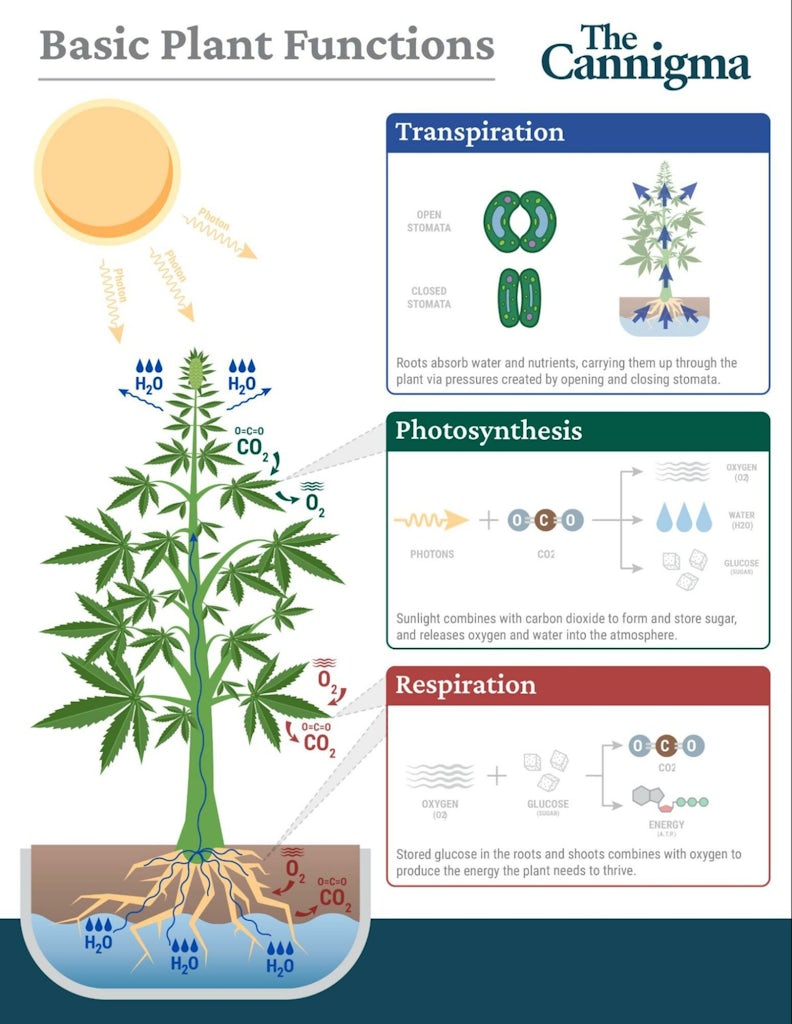
Stomata are found on nearly all plants, and are important for plant “breathing” or gas exchange, as well as the uptake of nutrients and water. They open to absorb carbon dioxide during photosynthesis, but in the process lose oxygen and water, in the form of water vapor.
Interestingly, it is the negative pressure created by this water evaporating out of the open stomata that ‘pulls’ the water up through the plant, hence there is no active energy involved despite the water moving against the direction of gravity. Thus the rate of transpiration – i.e. how fast water evaporates out and away from the shoots – dictates how quickly the plant can absorb water, minerals, and nutrients from the soil.
Transpiration is largely affected by the amount of moisture in the air around the plant. Higher air moisture will slow transpiration down, whereas a dry atmosphere will increase transpiration and hasten water loss. That’s why plants rapidly lose water on hot and dry days.
Think of transpiration like drinking water from the bottom of a glass with a straw. The plant must open stomata to create the suction in the straw to draw. The water lost in the shoots directly drives water and nutrient absorption at the roots. Almost all the water loss in cannabis plants happens through the stomata, so the environment around the shoots has a major impact on the rate of photosynthesis, respiration, and transpiration.
So why should you care about transpiration? Because this is how plants absorb water and nutrients from the soil and deliver it to the rest of the plant. Transpiration is critical to the health and development of your plants; an imbalance of environmental factors like temperature or humidity can be the difference between a cannabis garden or a cannabis cemetery.
Sign up for bi-weekly updates, packed full of cannabis education, recipes, and tips. Your inbox will love it.

 Shop
Shop Support
Support